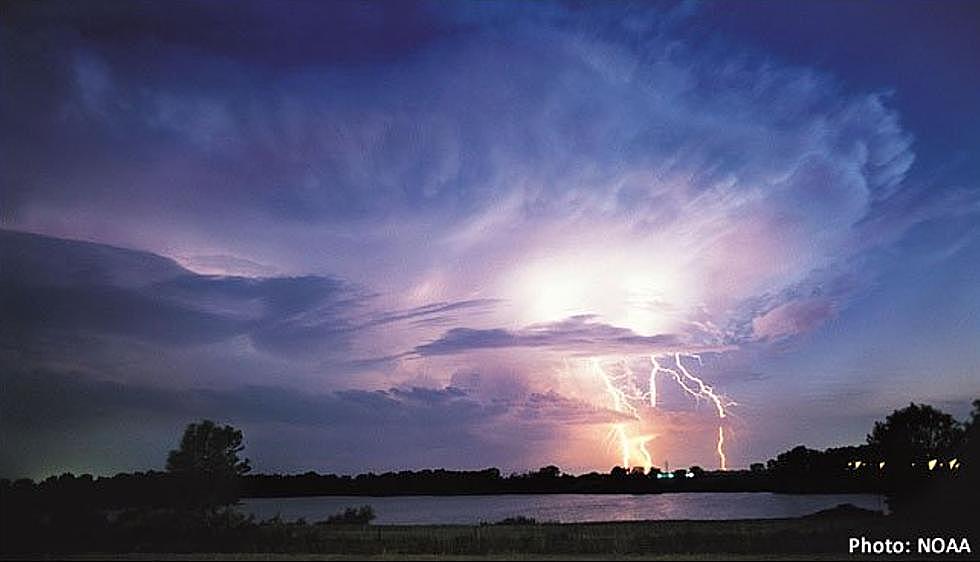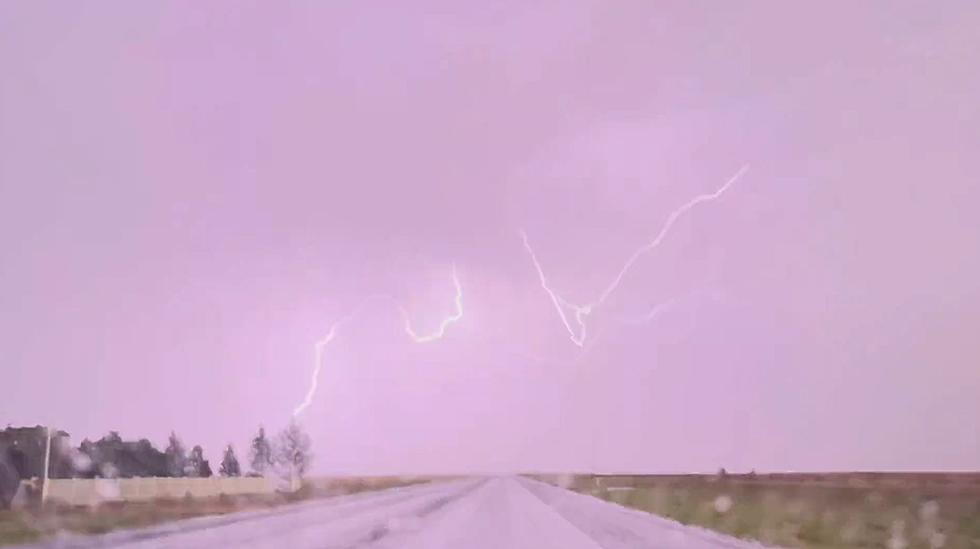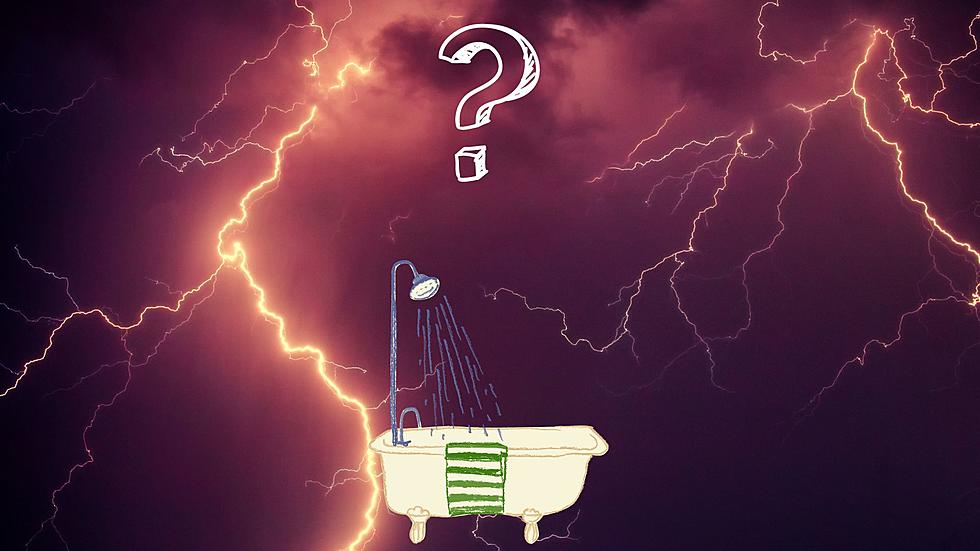
5 False Weather Myths That Will Get You Into Trouble Every Time
With Google, everyone is an expert these days - and it would appear that on social media everyone has an opinion. Facts, data and science are squishy, right? A friend of my girlfriend's second cousin saw something different, so that must be right? Uh huh.
When it comes to weather, and specifically extreme weather, making the wrong decision in real-time can come back to bite you, even turn you into a statistic if you're not careful. Here are some of the most popular summer weather myths you should absolutely avoid.
1). You can't get a sunburn on a cool, cloudy day.
This is false
The potential to tan or burn has nothing to do with the outside air temperature, and everything to do with the date, the sun angle overhead. Even on a day with patchy mid or high-level clouds with cool 50s and 60s, you can still wind up with a painful sunburn, one that increases your odds of getting skin cancer down the road.
2). Tornadoes Can't Cross Mountains, Lakes and Rivers.
This is false
A large tornado, pulling in air from a 5-10 mile radius, will not be deterred from crossing hills, mountains, lakes and rivers. The Storm Prediction Center has documented hundreds of such accounts since 1950. Living near a hill or body of water does not make you immune from tornadoes.
3). If you're on a highway during a tornado encounter hide under a bridge to stay safe.
This is false
Research conducted on tornadoes shows higher wind speeds underneath bridge overpasses - the air actually accelerates underneath the bridge, increasing the risk of being blown into a field or hit by flying debris. The safest option if you can't seek shelter in a building: go into a ditch and hang on for dear life.
4). If a thunderstorm is approaching and you're outdoors, crouch as low as you can to stay safe.
This is...um...false.
According to NOAA: "Crouching doesn't make you any safer outdoors. Run to a substantial building or hard topped vehicle. If you are too far to run to one of these options, you have no other good alternative. You are NOT safe anywhere outdoors."
5). If it's not raining or there is blue sky directly overhead you're safe from lightning.
Nope This is false too.
You've heard the expression: "Bolt from the Blue"? People have been struck and killed by lightning from a storm as much as 100 miles away. It's rare, but it can happen. According to NOAA: "Lightning often strikes more than three miles from the center of the thunderstorm, far outside the rain or thunderstorm cloud. “Bolts from the blue” can strike 10-15 miles from the thunderstorm."
Better to follow the 30-30 Rule: if you can count 30 second between the flash of lightning and bang of thunder, the storm is 6 miles away or less. Time to head indoors (or into a vehicle). Then, wait at least 30 minutes after hearing the last rumble of thunder before heading back outside - to make sure you don't get hit by lightning, which I guarantee you will not enjoy.
With all things weather it's best to be mildly paranoid, especially at the height of thunderstorm/severe storm season here in the Upper Midwest. Always have a plan.
Have fun and take it easy out there!
Lightning Facts vs Myth
More From KIKN-FM / Kickin' Country 99.1/100.5









